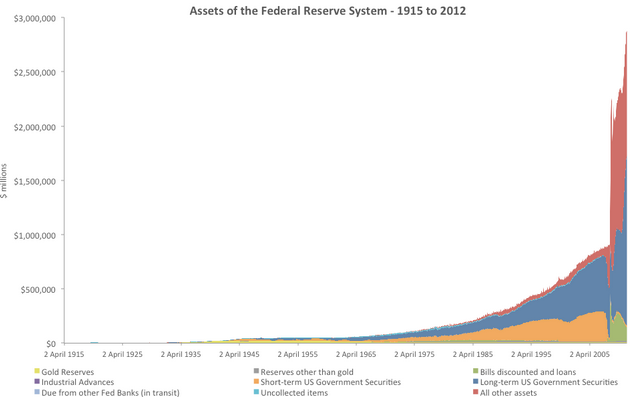Interest Rates To Double On New Student Loans
” This higher rate will apply only to new subsidized loans taken out starting this month. Unsubsidized Stafford loans, in which the borrower pays the interest, have been at 6.8 percent for years.
Students with subsidized loans typically graduate with $9,000 in this type of debt, and the doubling of the rate means they will pay $216 more a year in interest, said Mark Kantrowitz, senior vice president and publisher of Edvisors.com, a network of educational resources for parents and students.
Student loans faced a similar interest-rate crisis last year, but Congress eventually agreed to maintain the rate at 3.4 percent for another year. Financial aid directors had their fingers crossed that something similar would happen this time.”
—





